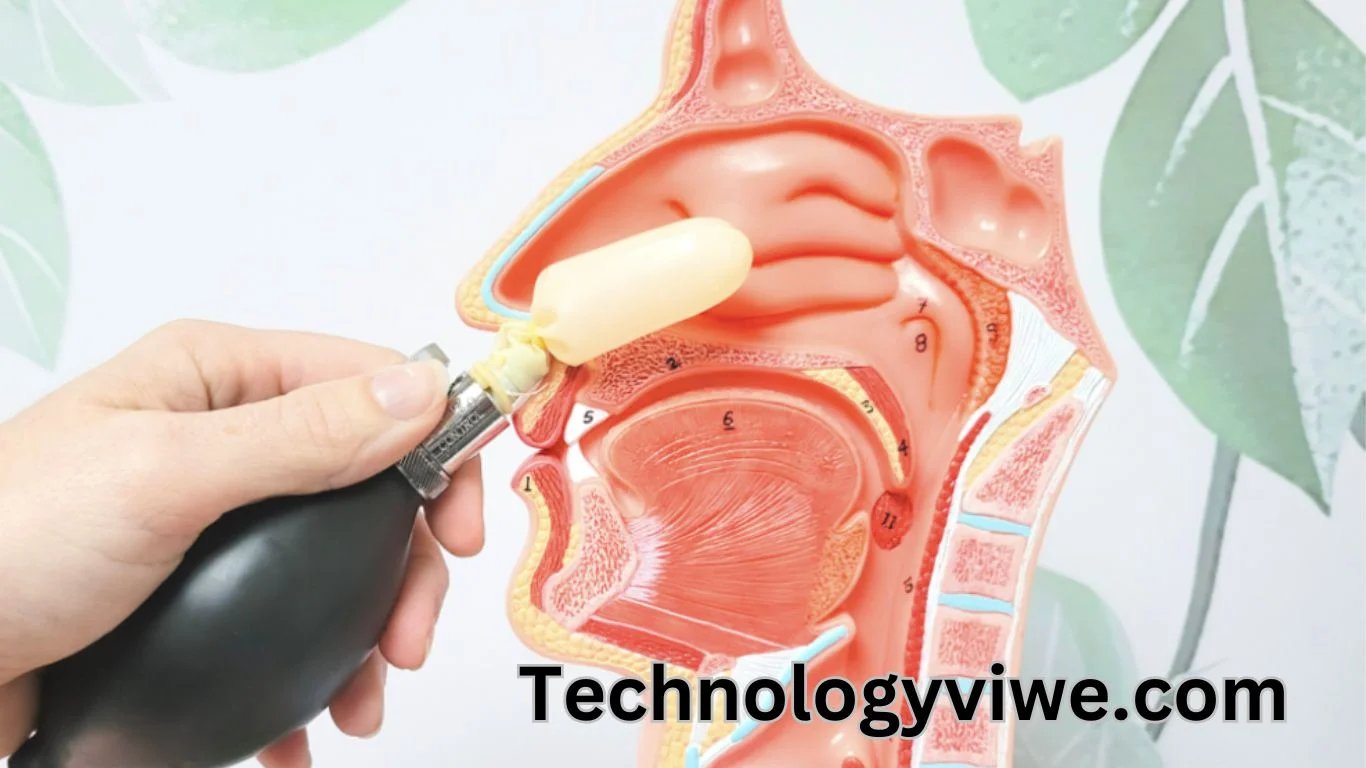Understanding the Recovery Process after a Root Canal Procedure
Are you scheduled for a root canal soon? If so, you might be wondering about the recovery process.
Root canal recovery can seem daunting, but it doesn’t have to be. In this article, we will guide you through what to expect after the procedure. We will discuss tips to ensure a smooth recovery, how to manage discomfort, and when to seek help.
Every step of the way, you’ll know what to do and what to watch out for. By the end, you’ll have a clear understanding of root canal recovery and feel more at ease. Let’s dive in!
Post-Procedure: What to Expect Immediately After
Once you’re done with your root canal treatment, there are a few things you should expect, such as:
Initial Symptoms and Sensations
After a root canal, it’s normal to feel some discomfort. Your teeth and surrounding gums may feel sore. This pain can usually be managed with over-the-counter pain relievers.
You might also notice some swelling in your mouth. This is part of the healing process. Avoid strenuous activities to help your body heal.
Some patients experience tightness when opening their mouths. This feeling is temporary and should subside within a few days. Following your dentist’s aftercare instructions will help ease these symptoms.
Care Instructions from Your Dentist
Your dentist will give you specific care instructions to follow. It is important to take them seriously to promote healing. Make sure to follow each step carefully.
First, avoid chewing on the treated tooth until your dentist gives you the green light. Stick to soft foods and avoid anything too hot or cold. This will prevent further irritation to the area.
Second, maintain good oral hygiene but be gentle around the treated tooth. Brush and floss as usual, but be careful not to disturb the healing site. Use any prescribed mouthwash as directed.
First 24 Hours
During the first 24 hours after your root canal, it’s important to take extra care of yourself. This phase includes:
Managing Pain and Discomfort
Dealing with pain after a root canal can be stressful, but it is manageable. Over-the-counter pain medications like ibuprofen can ease your discomfort. Always follow the dosage instructions on the label for safe usage.
Applying an ice pack to your cheek near the treated area can help reduce swelling. Do this in short intervals of 10 to 15 minutes. Avoid heat packs as they can increase swelling and pain.
Rinsing your mouth with warm salt water can also soothe your gums. Use one teaspoon of salt in a cup of warm water. This can be done two to three times daily for relief.
Getting Plenty of Rest
Rest is essential for a smooth root canal recovery. Your body needs time to heal, so give yourself a break. Avoid heavy lifting or intense exercise for a few days.
Sleep with your head elevated for the first night. This helps reduce swelling and keeps you comfortable. Use an extra pillow or two for better support.
Listen to your body if you feel tired. Take naps as needed and relax. Watch a movie, read a book, or enjoy a quiet hobby. Minimal stress aids in quicker recovery.
Day 2 to 3: How to Care for Your Mouth
After the first 24 hours, you can resume your normal routine. However, there are still a few precautions you should take:
Continuing with Pain Management
As you move into the next few days, keep managing your pain with over-the-counter medicines like ibuprofen or acetaminophen. Be sure to follow the instructions on the label. This will help you stay comfortable during your recovery.
In addition, keep using ice packs if you are still swelling. Place the ice pack on your cheek for 10 to 15 minutes at a time. Repeat this as needed throughout the day for relief.
Remember to rinse your mouth with warm salt water to soothe your gums. Mix one teaspoon of salt in a cup of warm water. Do this two or three times a day for best results.
Monitoring for Complications
It’s important to monitor for any complications after your root canal. Watch for unusual symptoms like severe pain, persistent swelling, or a fever. These signs could indicate an infection or other issues.
If your pain does not improve after a few days, contact your dentist. Persistent pain can be a sign that something isn’t healing properly. Early intervention can often prevent bigger problems.
Keep an eye on the treated tooth. If it feels loose or if you notice any new swelling, see your dentist right away. Your dentist needs to know if there are changes to ensure proper healing.
The First Week: What to Look Out For
As you near the end of your first week after the root canal, there are certain things to keep an eye on:
Healing Progress
By the end of the first week, you should notice a significant reduction in pain and swelling. Any soreness should be mild, and you may not need pain relievers anymore. This is a sign that your tooth is healing well.
Continue to follow your dentist’s care instructions closely. Make sure to avoid hard or sticky foods that could hurt the treated area. Maintaining good oral hygiene will also help speed up your recovery.
Monitor your progress daily and be aware of any changes. If you experience severe pain or new symptoms, call your dentist. Proper care and attention will help ensure a smooth recovery process.
Maintaining Good Oral Hygiene
Good oral hygiene is important, especially after a root canal. Brush your teeth twice daily with a soft-bristled toothbrush. Use fluoride toothpaste to help keep your teeth strong.
Flossing daily will remove food particles and plaque from between your teeth. Be gentle around the treated tooth to avoid irritation. Your dental needs might require a special flossing technique, so follow your dentist’s advice.
Using an antiseptic mouthwash can kill bacteria and freshen your breath. Rinse once daily for best results. Regular dental check-ups are also necessary to monitor your healing and overall oral health.
Weeks 2 to 4: Fully Recovered
By the end of your recovery period, you should be pain-free and fully healed. You can now gradually resume your normal diet and activities.
Gradual Return to Normal Activities
After a root canal, it’s important to ease back into your normal activities. Start with light tasks and avoid anything too strenuous. Give your body time to heal properly.
Over the next few weeks, gradually increase your activity level. Listen to your body and rest if you feel tired. Avoid heavy lifting and intense exercise at first.
Also, your dentist will give you instructions about when and what you can eat. It will likely be safe to resume a regular diet. However, be cautious with hard or sticky foods that could damage the treated tooth.
Addressing Persistent Symptoms
Sometimes, symptoms persist longer than expected after a root canal. If you experience ongoing pain or swelling, it is important to contact your dentist. Your dentist may need to perform additional orthodontic treatment or prescribe stronger medication.
Persistent symptoms could indicate an infection or other issues. Be aware of signs like fever, severe pain, or pus around the treated tooth. Early intervention can prevent further complications and ensure proper healing.
Keep monitoring your progress closely. Report any changes to your dentist promptly. Quick action can help you achieve a successful recovery and maintain your oral health.
Avoiding Complications: What You Need to Know
While most root canal procedures are successful, complications can occur. Here are some tips to avoid them:
Follow Your Dentist’s Instructions
Following your dentist’s instructions is crucial for a smooth recovery. Your dentist will provide specific guidelines tailored to your situation. These instructions help ensure proper healing and prevent complications.
Make sure to take any prescribed medications as directed. Medications can help manage pain and reduce the risk of infection. Missing a dose might slow down your recovery and cause discomfort.
Adhere to any dietary restrictions, your dentist recommends. Eating soft foods and avoiding extremes in temperature can protect the treated area. This helps in minimizing irritation and aiding the healing process.
Regular Follow-up Appointments
Regular follow-up appointments are key to a successful root canal recovery. They allow your dentist to check your healing progress. This way, any issues can be caught early.
During these visits, your dentist may take X-rays. X-rays help ensure that your root canal treatment was successful. They can identify any hidden problems that need attention.
Your dentist can also give you more care tips during these appointments. This helps you maintain good oral health. Don’t skip these visits; they are important for your long-term recovery.
Long-Term Care and Maintenance
After a root canal, it’s important to continue taking care of your teeth and oral health. Follow these long-term care tips for optimal results:
Preventive Care Measures
Preventive care is key to maintaining oral health after a root canal. Brush your teeth twice daily using fluoride toothpaste. This keeps your teeth clean and strong.
Flossing is also essential for healthy teeth. Do it gently every day to remove plaque and food particles. Pay special attention to the area around the treated tooth.
Regular dental check-ups are important. Visit your dentist every six months for a cleaning and examination. They can identify and address problems quickly.
Dental Restoration
Proper dental restoration is crucial after a root canal. It helps to protect the treated tooth and restore its function. The most common dental restoration is the dental crown.
Crown after Root canal provides essential support. It covers the tooth, keeping it strong and intact. This prevents any damage or infection.
Your dentist will shape your tooth to fit the crown. They will make an impression and send it to a lab. Once ready, the crown is placed securely over your tooth.
Long-Term Outcomes and Success Rate
Root canal treatment has a high success rate. The tooth will be fully functional after this procedure.
Success Rates and Longevity
Several studies have shown root canal treatments have success rates above 90 percent. With good care, the treated tooth can last a lifetime. Regular dental visits and good oral hygiene are key factors.
Longevity also depends on the tooth’s condition before treatment. Teeth that are not too damaged usually have better outcomes. Early treatment improves success and longevity.
Your dentist’s skill plays a big role in success rates. Dentists with extensive experience tend to have higher success rates. Choosing a skilled professional is an important step.
Quality of Life Improvement
Quality of life improves greatly after a successful root canal. You can eat your favorite foods again without pain. Enjoying life becomes easier with a healthy mouth.
A treated tooth looks and feels natural. You can smile more confidently and feel better about yourself. Social interactions are no longer embarrassing.
Good oral health affects overall health, too. Improved dental care reduces the risk of other medical issues. Concentrating on work and daily tasks becomes simpler with no dental distractions.
When to Seek Help
In most cases, root canal recovery is smooth sailing. However, if you experience any unusual symptoms or have concerns about your healing progress, don’t hesitate to reach out to your dentist. Some signs that may warrant further attention include:
- Intense pain.
- Persistent bleeding from the treated tooth.
- Swelling that doesn’t go down.
- Numbness around the treated area.
- Reoccurring infections.
- Loose or damaged dental restoration.
If you experience any of these symptoms, it’s important to reach your dentist for further advice and potential treatment. Remember, early intervention can often prevent bigger problems in the future.
Wrapping Up Your Root Canal Recovery Journey
In conclusion, following proper care instructions and maintaining good oral hygiene are essential for a smooth root canal recovery. By adhering to your dentist’s guidelines, you can ensure a successful healing process and appreciate the positive transformation of root canals before and after treatment.
Regular dental check-ups and preventive measures will help your treated teeth remain healthy and functional for years to come. Don’t hesitate to seek help if you encounter any complications during your recovery journey.
Did this article help you? If so, take a look at some of our other blog posts for more informative reads.














Post Comment